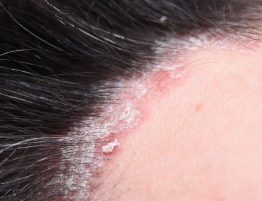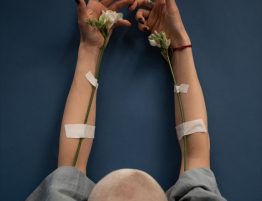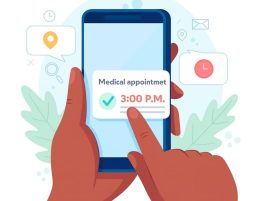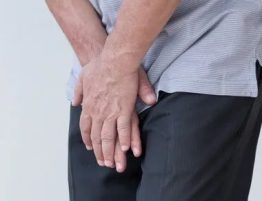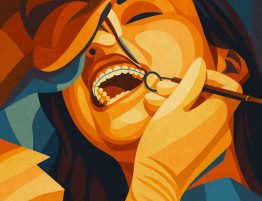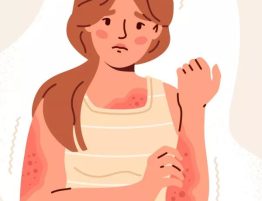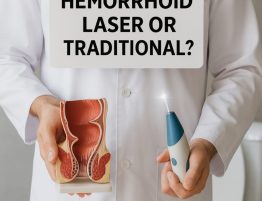
Obsessive-compulsive disorder (OCD) is an anxiety disorder in which time people have recurring, unwanted thoughts, ideas or sensations (obsessions) that make them feel driven to do something repetitively (compulsions). The report also suggested that OCD was the fourth most common mental illness after phobias, substance abuse, and major depression.
Factors that may play a role include head injury, infections, and abnormal function in certain areas of the brain. Genes (family history) seems to play a strong role. A history of physical or sexual abuse also appears to increase the risk for OCD.
Parents and teachers often recognize OCD symptoms in children. Most people are diagnosed by age 19 or 20, but some do not show symptoms until age 30.
Obsessions and Compulsions
Obsessions are repeated thoughts, urges, or mental images that cause anxiety. Obsessive thoughts can include:
- Worries about yourself or other people getting hurt
- Constant awareness of blinking, breathing, or other body sensations
- Suspicion that a partner is unfaithful, with no reason to believe it
Compulsions are repetitive behaviors that a person with OCD feels the urge to do in response to an obsessive thought. Compulsive habits can include:
- Doing tasks in a specific order every time or a certain “good” number of times
- Needing to count things, like steps or bottles
- Fear of touching doorknobs, using public toilets, or shaking hands
Most people with OCD fall into one of the following categories:
- Washers are afraid of contamination. They usually have cleaning or hand-washing compulsions.
- Checkers repeatedly check things (flame turned off, door locked, etc.) that they associate with harm or danger.
- Doubters and sinners are afraid that if everything isn’t perfect or done just right something terrible will happen.
- Counters and arrangers are obsessed with order and symmetry. They may have superstitions about certain numbers, colors, or arrangements.
- Hoarders fear that something bad will happen if they throw anything away.. They may also suffer from other disorders, such as depression, PTSD, compulsive buying, kleptomania, ADHD, skin picking, or tic disorders.
Causes
Genetic causes
Twin and family studies have shown that people with first-degree relatives (such as a parent, sibling, or child) who have OCD are at a higher risk for developing OCD themselves. The risk is higher if the first-degree relative developed OCD as a child or teen.
Neurological causes
Brain imaging techniques have allowed researchers to study the activity of specific areas of the brain, leading to the discovery that some parts of the brain are different in people with OCD when compared to those without. OCD may be a result of changes in your body’s own natural chemistry or brain functions.
Environment causes
An association between childhood trauma and obsessive-compulsive symptoms has been reported in some studies. In some cases, children may develop OCD or OCD symptoms following a streptococcal infection—this is called Pediatric Autoimmune Neuropsychiatric Disorders Associated with Streptococcal Infections (PANDAS).
Cognitive causes
The behavioral theory outlined above focuses on how people with OCD make an association between an object and fear. The cognitive theory, however, focuses on how people with OCD misinterpret their thoughts.
Treatment
Treatment for OCD will depend on how much the condition affects the person’s ability to function.
Psychotherapy
Psychotherapy can be an effective treatment for adults and children with OCD. Research shows that certain types of psychotherapy, including cognitive behavior therapy (CBT) and other related therapies (e.g., habit reversal training) can be as effective as medication for many individuals.
Cognitive behavioral therapy
CBT is an effective method of treating OCD. CBT is a type of psychotherapy (talking therapy) that aims to help the individual change the way they think, feel, and behave. Exposure and response prevention (ERP), a type of CBT therapy, involves gradually exposing you to a feared object or obsession, such as dirt, and having you learn healthy ways to cope with your anxiety.
Relaxation
Simple things like meditation , yoga , and massage can help with stressful OCD symptoms.
Neuromodulation
In rare cases, when therapy and medication aren’t making enough of a difference, your doctor might talk to you about devices that change the electrical activity in a certain area of your brain. One kind, transcranial magnetic stimulation, is FDA-approved for OCD treatment. It uses magnetic fields to stimulate nerve cells.
Medication
A class of medications known as selective serotonin reuptake inhibitors (SSRIs) is effective in the treatment of OCD. Certain psychiatric medications can help control the obsessions and compulsions of OCD.
Patients who do not respond to one medication sometimes respond to another. Other psychiatric medications can also be effective. Noticeable benefit usually takes six to twelve weeks to occur.
Cost
The fees vary by therapist and range from $140 for pre-licensed CBT therapists and $175 to $290 for licensed CBT therapists for 45-minute therapy sessions.
We at Almurshidi Medical Agency help you to find best Obsessive-compulsive disorder (OCD) treatments.
For any queries contact us at
Email:almurshidi.medical@gmail.com
Line/Instagram: AlmurshidiMed
Whatsapp: +66 822 004 040

